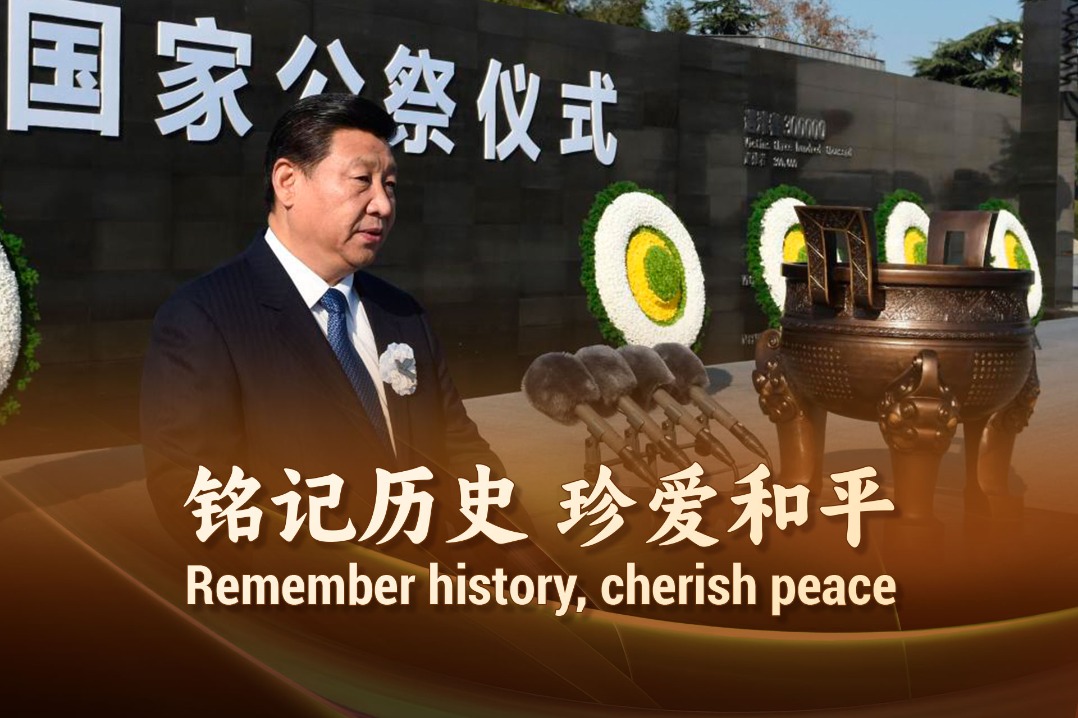6th-century foreigner's sarcophagus: Chinese-foreign cultural integration
chinadaily.com.cn | Updated: 2023-08-02 12:38
The Shanxi Museum is home to a marble sarcophagus from an ancient tomb from over 1,400 years ago.
The epigraph found in the tomb clearly states its male occupant's name - Yu Hong. Decorative patterns on the sarcophagus strongly indicate the foreign identity of Yu Hong.
An emissary from Central Asia, Yu Hong lived during the Northern Dynasty (386-581), at a time when the Silk Road was thriving. He arrived in China on a mission in the mid-6th century, and settled in Shanxi thereafter.
During that period of time, numerous foreigners from Central and Western Asia came and settled in China.
The stone coffin and the entire tomb chamber also demonstrate typical Chinese style. The hip-gable roof of the sarcophagus is one of the most iconic styles of traditional Chinese architecture, and the semi-circular and semi-square design of the tomb chamber is a typical tomb form widely adopted in the Central Plain of China in that period.
The tomb of Yu Hong is unequivocal evidence of the historical integration of Chinese and foreign cultures.
Watch the video for more details about Yu Hong's sarcophagus.























